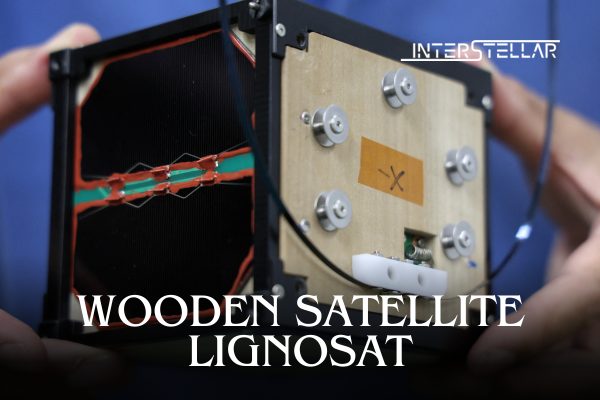World’s First Wooden Satellite LignoSat Launched by Japan
In a historic first, researchers from Japan have launched a wooden satellite, called LignoSat, from NASA’s Kennedy Space Center. Developed by Kyoto University and Sumitomo Forestry, the innovative satellite aims to explore wood’s potential as a sustainable material for future space missions, including lunar and Mars exploration.
A Timber Satellite in Space
LignoSat, a compact satellite no larger than a palm, is currently on its way to the International Space Station (ISS) aboard a SpaceX mission. After arriving at the ISS, it will be released into an orbit approximately 400 kilometres (250 miles) above Earth. Named after the Latin word for “wood,” LignoSat is set to showcase the durability of timber in the harsh conditions of outer space.
Testing Wood’s Resilience in Space’s Extreme Environment
LignoSat will remain in orbit for six months, where it will encounter the intense environmental challenges of space. Temperatures in orbit swing between -100 and 100 degrees Celsius as the satellite transitions from darkness to sunlight approximately every 45 minutes. Equipped with sensors and electronic components, the satellite will record data on how well wood withstands these rapid temperature changes, cosmic radiation, and the general wear of space exposure.
Timber: A Renewable Resource for Space Exploration
As humanity looks to establish sustainable habitats on the Moon and Mars, renewable materials like wood offer unique advantages. Unlike metals, wood does not interfere with radio waves, making it useful in satellite communication technology. Additionally, wood’s low environmental impact and renewability make it an attractive option for long-term space missions where sustainable materials are essential.





